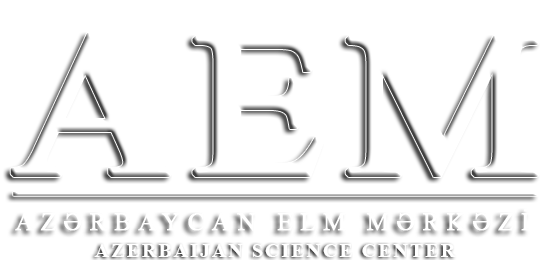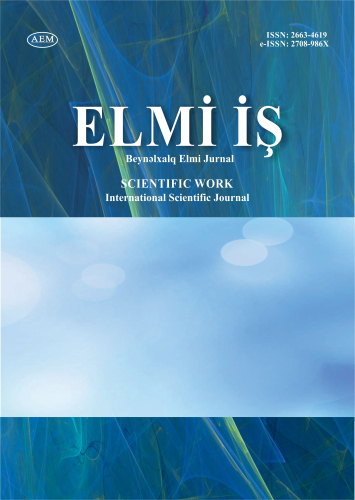DOI: https://doi.org/10.36719/2663-4619/115/275-279
Jahangir Alizadeh
Azerbaijan State Agrarian University
Master student
https://orcid.org/0009-0008-7945-8669
cahangirelizade87@gmail.com
Designing Efficient Irrigation Systems
Abstract
Water shortage is a global problem. By 2050, the world's population is estimated to be around 9–10 billion people, meaning more water will be needed. Irrigated agriculture is the largest water-consuming sector. Sustainable use of water resources to ensure food security is a major challenge for present and future generations. Therefore, increasing water productivity through technologies that produce more food per drop of water is critical to developing sustainable agriculture. The correct selection and design of irrigation systems is a clear example of the high productivity and quality obtained from agricultural lands using water-saving technologies throughout the world. Due to population growth and the resulting increase in demand for water, food, and energy, freshwater resources are becoming increasingly scarce. Moreover, extreme weather events (such as floods and droughts) are becoming more frequent and normalized. As freshwater resources continue to diminish and droughts occur more often, the need for efficient water use is growing. Significant advancements have been made in irrigation technologies that enable water savings (such as electric valves, smart controllers, soil moisture sensors, etc.). However, the effectiveness of these technologies depends on several factors, including the design of the irrigation system. Designing efficient irrigation systems and equipment will save both money and water.
Keywords: potential, gradient, pressure loss, friction loss, texture

